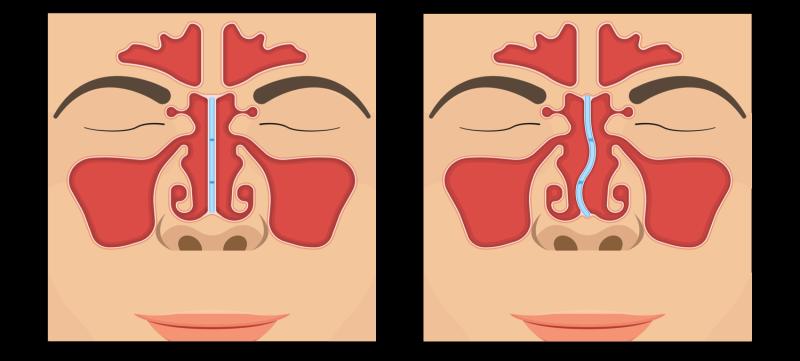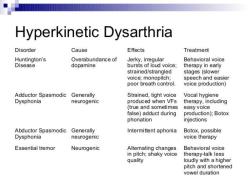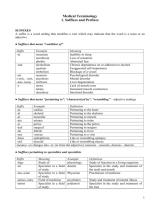What is normal septal thickness?
The septum in the heart is a muscular wall that separates the left and right sides of the heart. It includes the interventricular septum, which divides the left and right ventricles. The thickness of the septum is an important parameter in assessing cardiac structure and function.
Normal septal thickness can vary depending on factors such as age, gender, and overall heart health. Measurements are typically taken during different phases of the cardiac cycle, specifically during diastole (relaxation) and systole (contraction).
Here are approximate normal ranges for the thickness of the interventricular septum:
End-Diastolic Thickness (EDT): This is the thickness of the septum during diastole.
- Normal range: 0.6 to 1.1 centimeters (cm)
End-Systolic Thickness (EST): This is the thickness of the septum during systole.
- Normal range: 1.0 to 1.5 cm
These values, like those for left ventricular wall thickness, are general guidelines, and individual variations can occur. As mentioned earlier, medical professionals often use imaging techniques such as echocardiography or cardiac MRI to measure these parameters accurately.
If there are concerns about the thickness of the septum or if you are undergoing cardiac assessments, it's crucial to consult with a healthcare professional. They can provide personalized information based on your medical history, test results, and other relevant factors. Any deviation from the normal ranges may require further evaluation to determine the cause and appropriate management.
What is the average septal thickness in the human body?
The average septal thickness in the human body varies depending on age, sex, and other factors. However, a typical range for septal thickness in adults is between 6 and 10 millimeters (mm).
How does septal thickness vary among individuals?
Septal thickness can vary among individuals due to a number of factors, including:
Age: Septal thickness tends to increase with age.
Sex: Men typically have thicker septums than women.
Body size: People with larger body sizes tend to have thicker septums.
Athletic training: Athletic training can increase septal thickness.
Genetic factors: Genetics also play a role in septal thickness.
Are there medical conditions associated with abnormal septal thickness?
Yes, there are several medical conditions associated with abnormal septal thickness. These conditions include:
Hypertrophic cardiomyopathy (HCM): HCM is a condition characterized by thickening of the heart muscle, including the septum. HCM can cause chest pain, shortness of breath, and fatigue. In severe cases, HCM can lead to heart failure or sudden cardiac death.
Ventricular septal defect (VSD): VSD is a congenital heart defect in which there is a hole in the septum between the ventricles. VSDs can cause symptoms such as shortness of breath, fatigue, and feeding problems in infants. In some cases, VSDs may not cause any symptoms and may not require treatment.
Arrhythmias: Abnormal septal thickness can also increase the risk of arrhythmias, which are irregular heartbeats. Arrhythmias can be dangerous and can lead to complications such as stroke or heart failure.
How is septal thickness measured in medical examinations?
Septal thickness can be measured using a variety of methods, including:
Echocardiography: Echocardiography is a non-invasive imaging test that uses ultrasound waves to create images of the heart. Echocardiography is the most common method used to measure septal thickness.
Cardiac MRI: Cardiac MRI is a non-invasive imaging test that uses magnetic fields and radio waves to create detailed images of the heart. Cardiac MRI can be used to measure septal thickness with high accuracy.
Chest X-ray: Chest X-rays can sometimes be used to measure septal thickness in adults who have very thick septums. However, chest X-rays are not as accurate as echocardiography or cardiac MRI for measuring septal thickness.
Can septal thickness impact cardiac health or function?
Yes, septal thickness can impact cardiac health or function. Abnormal septal thickness can lead to a number of medical conditions, as discussed in question 3. Additionally, even normal septal thickness can play a role in cardiac health. For example, a thicker septum can make it more difficult for the heart to pump blood. This can lead to symptoms such as fatigue, shortness of breath, and chest pain.
It is important to note that septal thickness is just one of many factors that affect cardiac health and function. Other important factors include heart rate, blood pressure, and overall cardiovascular fitness.











